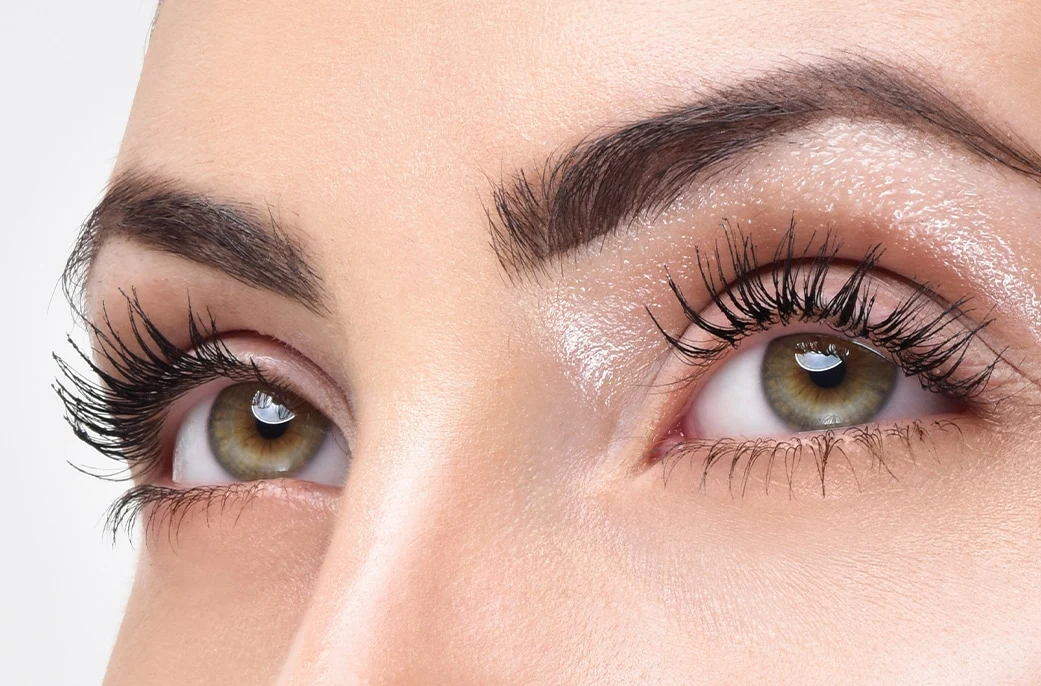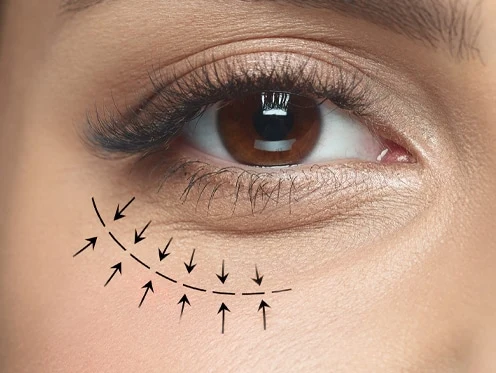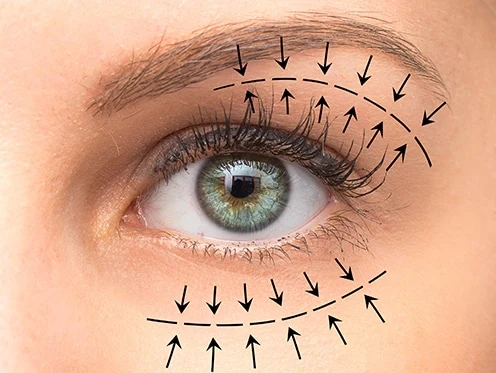With aging, the skin around the eyes can become droopy and saggy, making us look tired and older than we are. Eyelift surgery can help address these concerns and give you a more youthful, refreshed appearance. Blepharoplasty is a cosmetic surgery that addresses the lower and upper eyelids by removing excess fat (in some cases) and skin.

In addition to its cosmetic applications, eyelift surgery can have clinical uses. In some cases, excessive skin on the upper eyelid can impair vision, making it difficult for patients to see correctly. In such cases, eyelid surgery can help to improve vision by removing the excess skin that is obstructing the patient’s field of vision.

The upper eyelid surgery targets the upper eyelids. Dr. Askari will remove excess eyelid skin, muscle, and fat. This procedure can help to reduce drooping or sagging of the upper eyelids, which makes patients look tired or aged. During the procedure, the surgeon will make an incision along the natural crease of the eyelid and then remove or reposition the excess tissue. The incision is then closed with sutures. The eyelid skin is not the only part that can be removed. Excess fat pockets can be extracted to lighten the heaviness of the eyelid.





Before opting for eyelift surgery, it is important to consider a few factors. To be considered a candidate for eyelift surgery, you should be in good overall health and have realistic expectations about the procedure’s outcome.
In addition, you should have specific concerns about the appearance of your eyes that can be addressed with eyelift surgery. This may include:

Droopy or sagging eyelids that impair your vision or
make you appear tired or older than you feel




After undergoing an eyelift surgery, it is expected to experience swelling, bruising, and discomfort in the treated area. However, following proper recovery protocols can help minimize these symptoms and ensure optimal healing.

During the recovery period, it is important to follow your surgeon’s instructions carefully to ensure proper healing and minimize the risk of complications. Here are some general guidelines on what to do and what not to do during the recovery process: